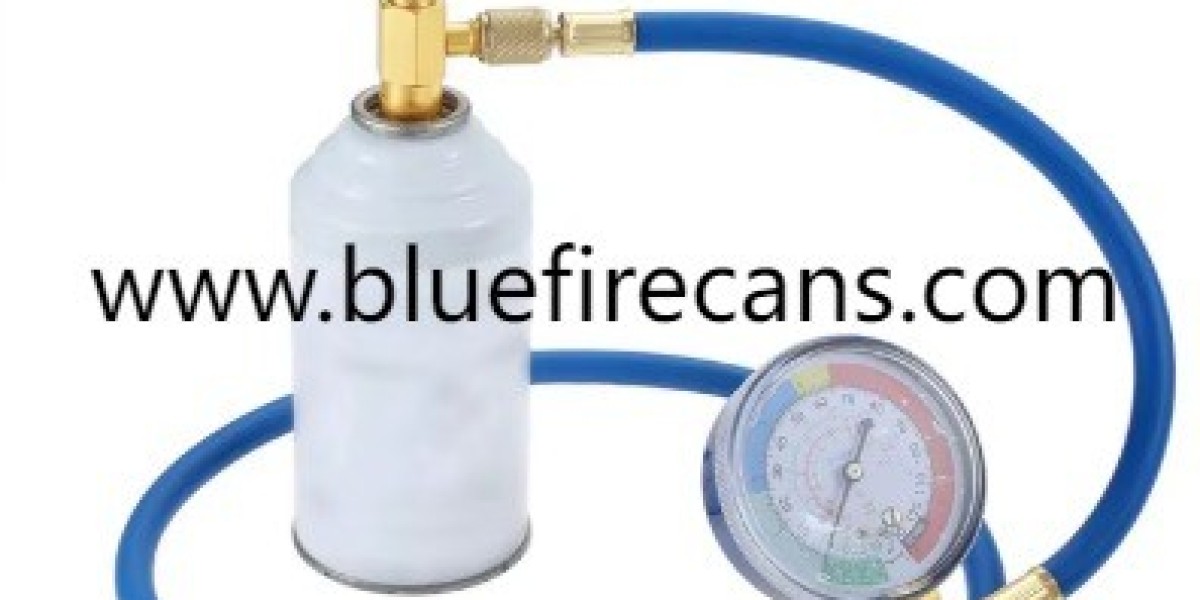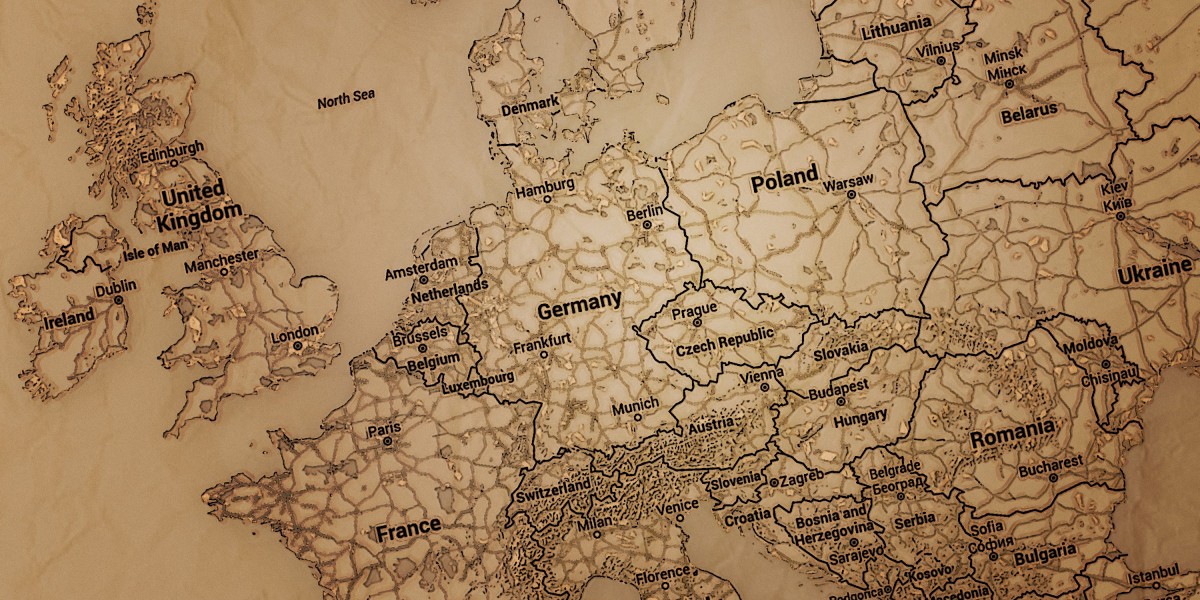Good gear design changes how long a single fuel charge lasts, and the shape and engineering of a Butane Gas Cartridge can make a real difference in how efficiently fuel turns into heat at the burner. From valve style to internal geometry and casing thickness, small choices affect flow control, pressure retention, and how well heat is transferred to cookware. For anyone who cooks outdoors or relies on portable fuel, understanding these design factors helps stretch supplies further and lowers the chance of being left without usable heat when it matters most.
Cartridge profile matters. The way a cartridge holds pressurized fuel determines how steadily vapor feeds an appliance as the container empties. Internal volume and the interface between liquid and vapor layers change the way pressure behaves under load. A design that supports steady vapor release keeps flame size and burner output consistent for longer, so users do not compensate with extra fuel when heat seems to drop. That steadiness matters whether someone is preparing a meal for family or running a demonstration at a community event, where predictability reduces waste and anxiety.
Valve architecture is central to efficiency. Threaded valves and valve seals differ in the path they provide for fuel to travel from container to burner. A precisely engineered valve that opens cleanly and meters flow prevents sudden bursts and avoids prolonged partial sprays. That kind of control reduces overspray and unnecessary loss of fuel when igniting or adjusting a flame. Valves that return reliably to a tight seal when not in use also prevent slow leaks that quietly reduce usable content over time and create safety concerns during storage and transit.
Materials and component tolerances influence performance in subtle ways. Wall thickness and metal grade affect heat exchange between outside air and the fuel inside which in turn affects vapor pressure at the point of use. Inner liners and weld choices affect integrity under repeated cycles and can reduce the risk of deformation that impairs valve seating. Elastomer seals chosen for compatibility with hydrocarbon blends preserve elasticity across temperature swings so the seal remains snug even after long storage. Thoughtful material selection keeps both pressure stability and user control within expected ranges.
Design for the environment in which the cartridge will be used also matters. In colder ambient conditions vapor pressure drops and some cartridges perform better because their geometry supports a larger vapor pocket or the valve tolerates lower vapor densities. In warmer settings a cartridge that resists overpressurization and uses materials that tolerate heat reduces venting losses. For frequent travelers and guides who move between climate zones a cartridge chosen for wide behavior helps avoid carrying excessive spares and so cuts both weight and waste.
Manufacturing precision and quality checks are part of the efficiency story. Tight orifice tolerances consistent valve seating tests and routine pressure checks ensure each unit behaves like the next. That predictability helps users plan usage and prevents batches with subtle defects from reducing the overall fleet performance. A production line where finished cartridges undergo inspection and handling controls produces parts that are less likely to leak or deviate in flow behaviour after leaving the factory.
Packaging and transport also play a role in final usable fuel. Protective packing that secures valves from mechanical shock and prevents dents keeps the seal assembly intact. Damage to a valve seat during transit often results in a slow leak or inconsistent flow that shortens usable life. For retailers and fleet operators who rely on steady supply chains choosing packaging and carriers that treat these items as pressurized goods reduces losses that would otherwise add to overall waste.
User practice amplifies design benefits. A cartridge that mates cleanly to a regulator or stove gives a tight connection and less chance of loss during attachment. Simple habits like attaching only when ready to use storing upright and keeping valves capped between uses preserve the engineered performance of a cartridge. Manuals and clear labeling that guide consumers on those behaviors produce better outcomes at scale.
Sustainability and circular thinking are finding their way into design conversations. When a cartridge returns more usable energy per unit of material and leaves less residual product trapped inside, the net environmental footprint of each meal or task is lower. Manufacturers and buyers both benefit when specifications take end of use and recycling into account so fewer partially used cans enter disposal streams.
Choosing cartridges with thoughtful geometry matched to typical use cases reduces unnecessary consumption and helps users spend less time managing fuel and more time on the task at hand. When design, materials, and manufacturing are aligned the result is a cartridge that performs predictably through cycles of use and storage and that minimizes surprises that lead to extra consumption.If you want to review a range of cartridge designs, valve options and packaging notes from a manufacturer that presents product families and handling guidance, consult the product pages at the producer site: https://www.bluefirecans.com/ .







